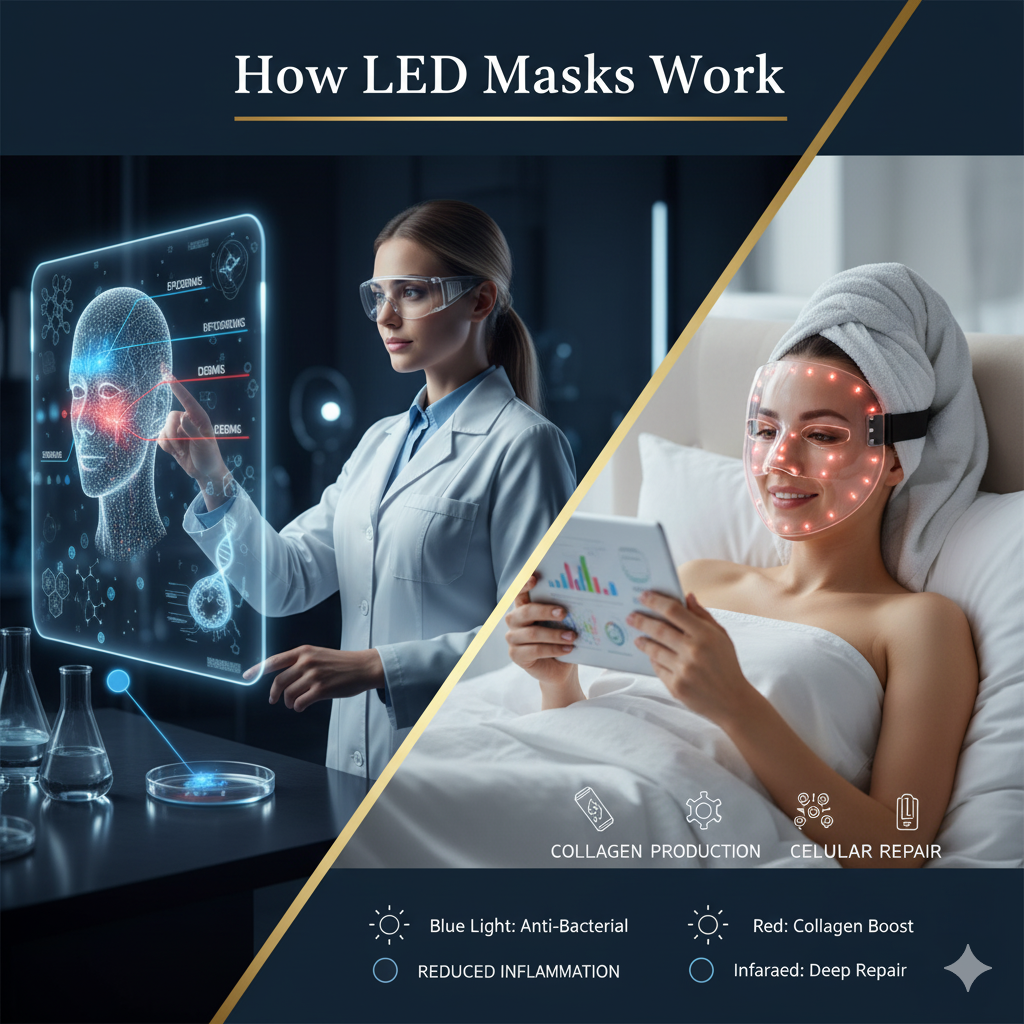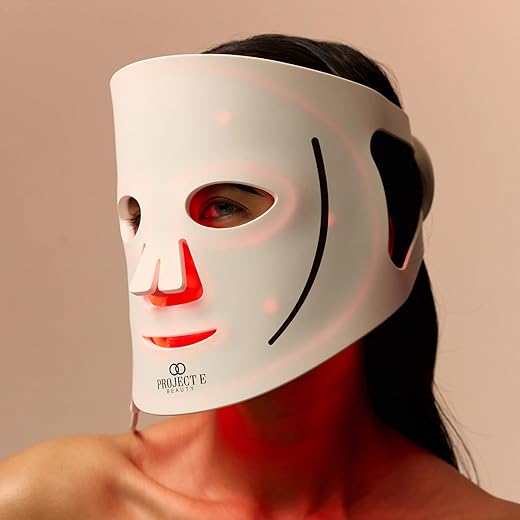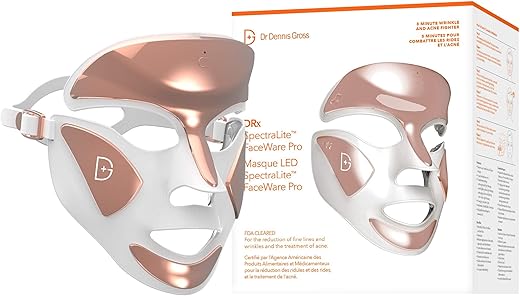Introduction: The Popularity of LED Masks
LED face masks, used by celebrities like Jennifer Aniston, Kourtney Kardashian, and Jessica Alba, have become a popular tool for skin rejuvenation. This raises a crucial question: are they truly effective, or is their popularity simply a result of marketing?
This article explains the scientific basis behind LED masks, analyzes clinical research, and offers insights on whether they’re worth the investment and how to choose the right one for your skin.
How LED Masks Work
LED masks are devices that emit specific wavelengths of light, which then interact with the skin in a process called photobiomodulation. The main types of light used in these masks are blue, red, and infrared.
- Blue Light (450–495 nm): This light does not penetrate deep into the skin. It works as an antibacterial agent, helping to reduce inflammation and fight bacteria on the skin’s surface. While it has a role in improving skin condition, it’s not the primary tool for anti-aging.
- Red Light (600–700 nm): This light penetrates the epidermis and upper layers of the dermis. It primarily stimulates fibroblasts—the skin cells responsible for producing collagen. By boosting collagen synthesis, it improves skin elasticity and helps smooth out fine lines.
- Infrared Light (700–1100 nm): This light penetrates the deepest, reaching 1–5 cm into the skin. Both red and infrared light work on the mitochondria—the energy centers within skin cells—to increase ATP production. This increased energy helps accelerate the repair and regeneration of skin tissue.

The Science Behind LED Therapy: Does It Actually Work?
Scientific research shows that LED therapy has potential, but with some limitations.
- Laboratory Studies: Research on human skin cells confirms that red and infrared light can increase the activity of genes involved in collagen and elastin synthesis. This provides a strong scientific basis for the technology.
- Clinical Trials:Though studies are limited, they provide strong evidence that LED light therapy masks work to improve skin texture and boost collagen. For example, one study found a 26–36% reduction in wrinkles.
- Important Caveat: Most of these studies are small-scale and short-term (4–8 weeks). The positive effects often fade quickly after the therapy is stopped, sometimes within a month. This suggests that consistent, regular use is essential to maintain results.
LED vs. Laser Masks: What’s the Difference?
Many commercially available LED masks may be ineffective because their power output is too low.
- Power: Clinical studies used masks with a power output of 15 to 60 J/cm² per session. Many home-use LED masks provide only up to 2 J/cm².
- Laser Masks (LLLT): Masks using Low-Level Laser Therapy, like the one Jennifer Aniston used, are often more effective. Their light is a concentrated beam, allowing it to deliver more energy to the skin, unlike the scattered light from traditional LED masks. This may be a key reason why some users see better results with them.
Safety and Risks
- Laser Masks (LLLT): Because they are more powerful, these masks can pose a greater risk, especially to the eyes. The focused light beam can damage the retina if not used carefully.
- FDA Approval: When choosing a device, look for masks that have received FDA clearance for commercial use. This confirms that the device is safe for its intended purpose and that the manufacturer’s claims are substantiated.
- Consult a Doctor: Before starting any new skin therapy, it’s always best to consult with a dermatologist, especially if you have sensitive skin, rosacea, or are using other products like retinoids.
Should You Buy an LED Mask?
If you choose a high-powered, FDA-cleared device, the science suggests that these LED masks work and are a worthwhile investment for consistent anti-aging benefits. While the effects may be moderate and require consistent use, they are a low-risk, non-invasive approach to skin rejuvenation.
If you are considering a mask, here is a simple guide to help you choose wisely:
- Check for FDA Clearance: Prioritize safety first by ensuring the device has been approved by the FDA.
- Look for Red and Infrared Light: Choose a mask that includes these two types of light, as they have the most proven effectiveness for anti-aging.
- Find a High-Powered Device: The most critical factor for results is power. Look for a device with a power output of 55 to 150 mW/cm² or at least 60 J/cm² per session.






